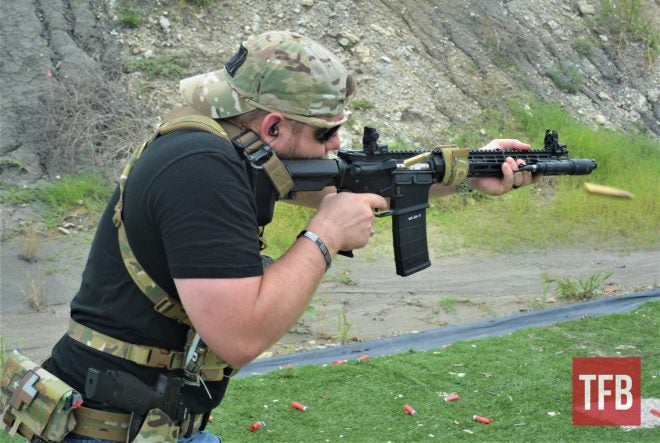Blackout Defense has their roots in aerospace and defense manufacturing. Prior to entering the small arms space, the machines in this Arizona-based shop produced parts for customers like Boeing and Raytheon, on projects like Apache helicopters and Bradley infantry fighting vehicles. While they still maintain some of these business lines, today Blackout’s focus has turned toward the firearms industry. Their 20,000 square foot factory churns out AR-15 receivers, barrels, BCGs, and more, with an eye toward quality and strict tolerances. I’ve spent the last few months getting to know one of these AR components: the Zero Trigger.
AR-15 triggers @ TFB:
- Bushmaster Introduces the DM2S Dedicated Marksman 2 Stage Trigger
- The Elf SOCOM Trigger: A Truly Finger Adjustable Trigger
- New Luth-AR Modular Trigger Assembly
- TFB Review: Jard’s Set Trigger For AR-15 Pattern Rifles (A First For ARs)
- MI-TRIGGER-C Midwest Industries’ New AR-15 Drop-In Trigger
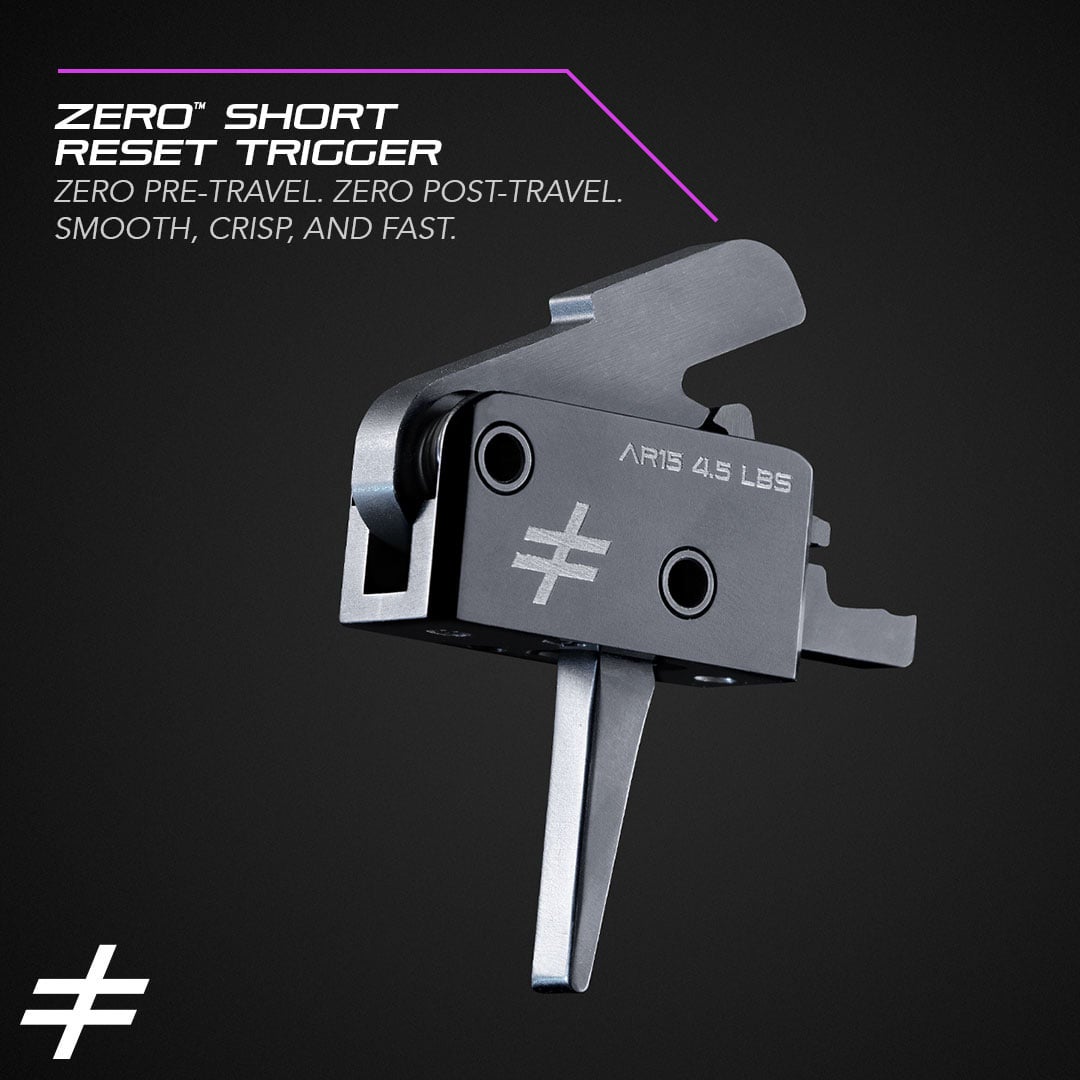
Blackout calls these “Zero” because they’re designed to have “zero” of the normal pre- and post-travel actuation you’ve come to expect from a traditional AR trigger.
One of the best and most popular features of the AR-15 is its modularity. It’s relatively easy for virtually any AR owner to add or change a wide variety of components on their gun at home with some basic and inexpensive tools. When it comes to triggers, there are a plethora of aftermarket drop-in options available. Many of these intend to provide lighter and smoother pulls or crisper breaks over the baseline mil-spec/factory versions. While some also feature short movement distances for take-up and reset, there’s still always been that small amount of slack or travel. That is, until now. Blackout Defense posited the theory that if less travel was good, could zero travel be better? It seemed worth exploring (if challenging to engineer!), so an extensive design and testing process ensued.
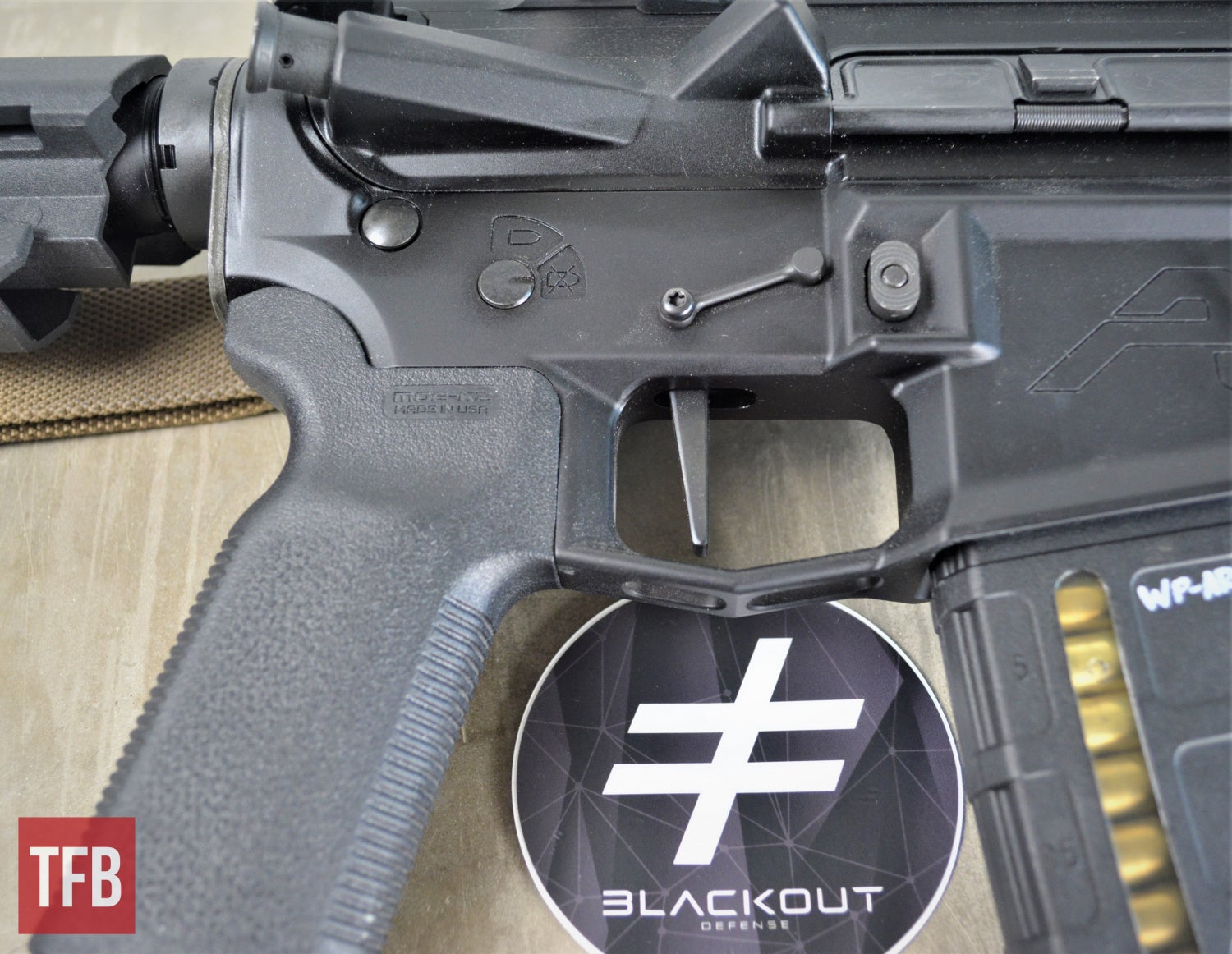
Installing the Zero Trigger is straightforward, just remember to properly tighten the internal set screws and use anti-walk pins.
The Blackout Defense Zero Trigger official description:
The Zero™ AR-15 trigger uses our patent-pending Zero Travel Feature and unique manufacturing process that guarantees it operates with zero pre- and post-travel and functions with zero interference.
On the design side, hardened set screws are installed through the bottom of the trigger housing and are finely tuned during assembly to mechanically eliminate any take-up and over-travel. In addition, the trigger tail is modified so that the tuning of the rear set screw removes any slop with the selector. On the manufacturing side, the trigger, hammer, and disconnect are EDM cut and then polished with brass wire to a micron finish in all critical contact areas for a friction-less engagement. Finally, the trigger’s reset is both short and positive to facilitate faster shooting during training or competition.
Available in two pull weights and two finish options. Pull weight options include 3 lbs and 4.5 lbs. Finish options for the internal components (trigger, hammer, and disconnect) include all black nitride and all NP3. Black Nitride is a heat treatment process that enhances corrosion resistance, improves lubricity, and leaves a fine black finish on the surface of the metal. NP3 is a plating of electroless nickel co-deposited with Teflon that provides remarkable lubricity and takes on the appearance of the base metal.
In short, all of the features of the Zero™ trigger are designed to offer a shooting experience that is exceptionally smooth, crisp, and fast.
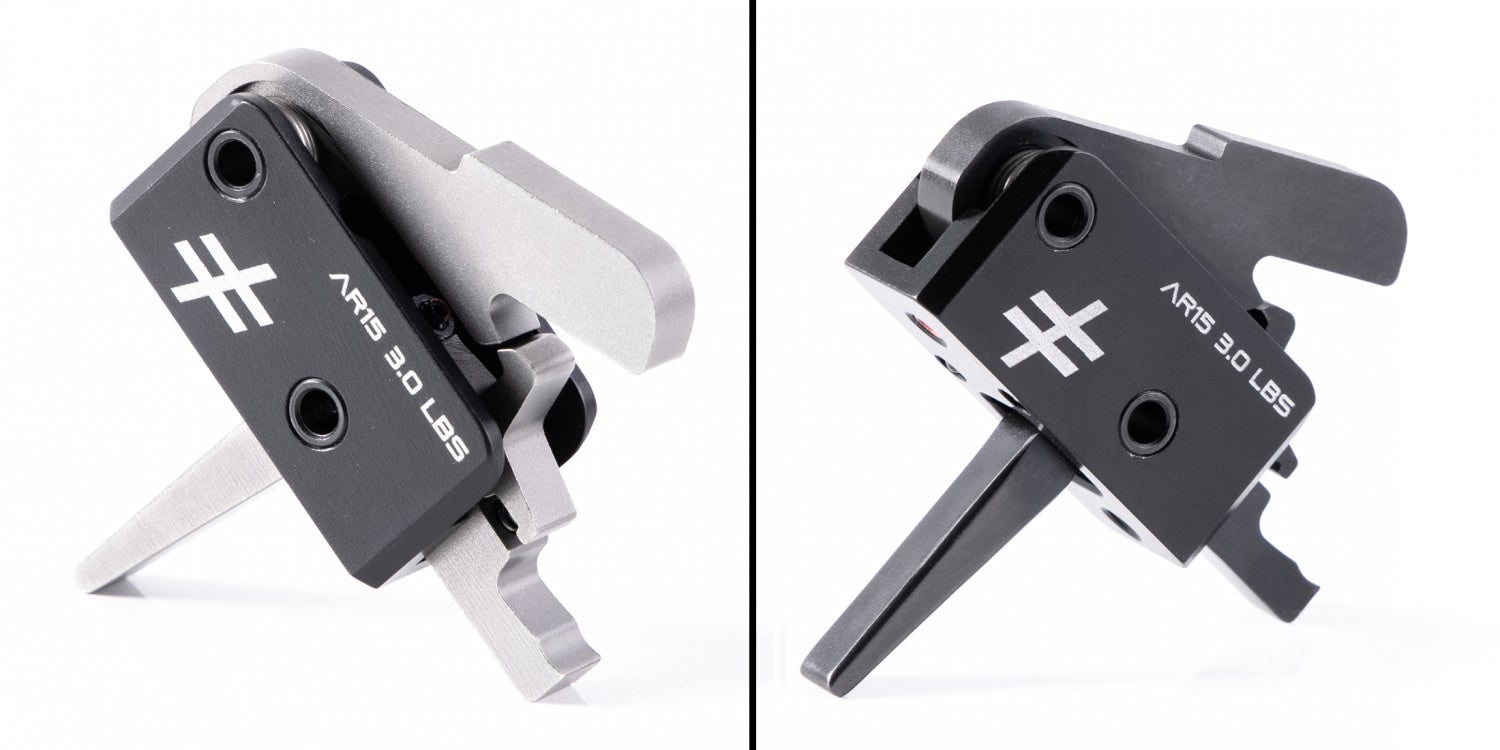
Blackout Defense offers the Zero in two weight options, 3lbs and 4.5lbs, and either NP3 or black nitride finishes.
Installation was easy – just a quick swap, plus some set screws. Of the two demo units that Blackout Defense loaned me for testing, I started with the 4.5lb version with a black nitride finish. The other was their 3lb version, finished in gray NP3 nickel plating. As long as you use anti-walk pins and make sure to properly set the necessary set screws as per the manufacturer’s instructions, you shouldn’t have any issues. As part of the post-installation function check, I dry-fired the Zero Trigger for the first time. I had expected it to be different than I was used to, and it definitely was! I’d previously pulled AR-platform triggers thousands upon thousands of times, from low-end mil-spec factory versions to top-tier match-grade units, to old Army Colt M4A1s, and everything in between. Still, the Zero felt vastly different from any of those. It was immediately apparent that adjusting to the near-nonexistent movement of this design would take some getting used to, coming from years spent using other AR triggers that do travel. I made sure to spend a good amount of time in dry-fire practice, endeavoring to acclimate to both the 4.5 and 3lb Zero models prior to heading to the range.
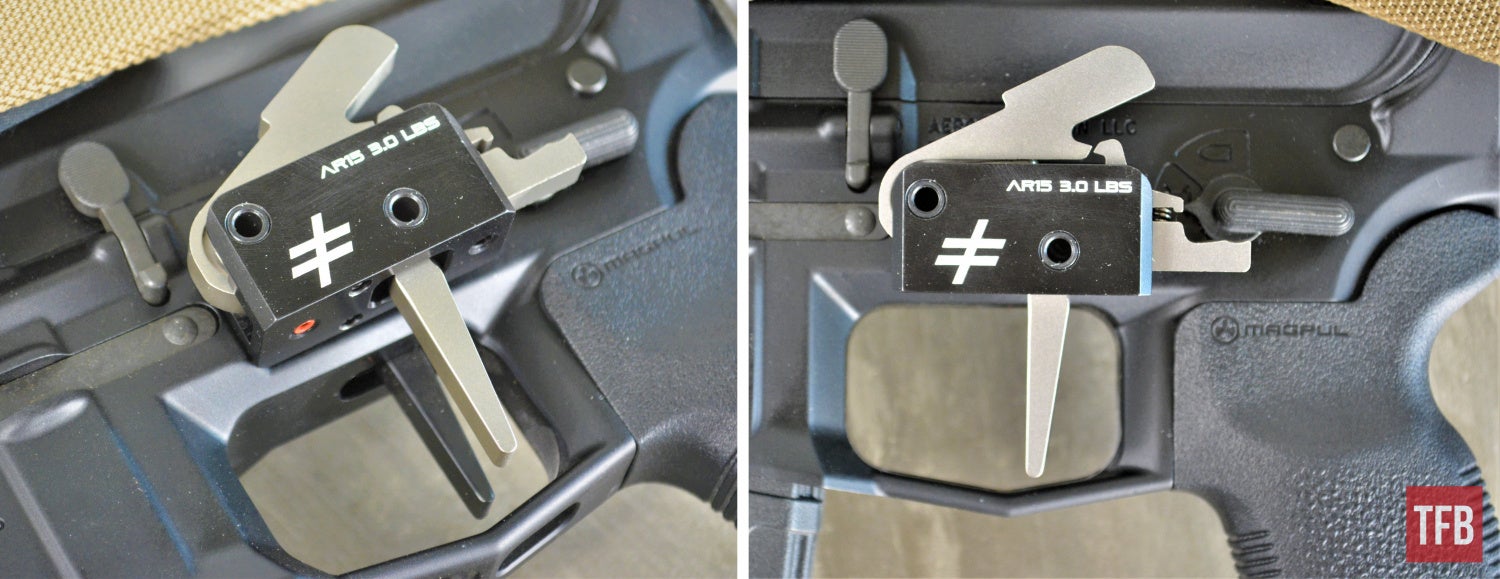
One of the Zero Triggers overlaid on top of an installed one.
When range day came, I was excited to see how the Zero’s different-ness would feel and perform for live fire. Unfortunately, thanks to the ammo price spike we’ve seen over most of 2020-21, I only had a few hundred rounds allocated for this test. Because this needed to adequately cover both weights of the Zero trigger loaner pair, as well as a few rounds to be used in another rifle with a regular trigger for the sake of comparison, this wasn’t meant to be an extensive durability or reliability test. That said, I didn’t experience any kind of failures or issues with either the 4.5lb or 3lb Zero triggers for the round count available. They functioned perfectly for me throughout the limited ammo allotment.
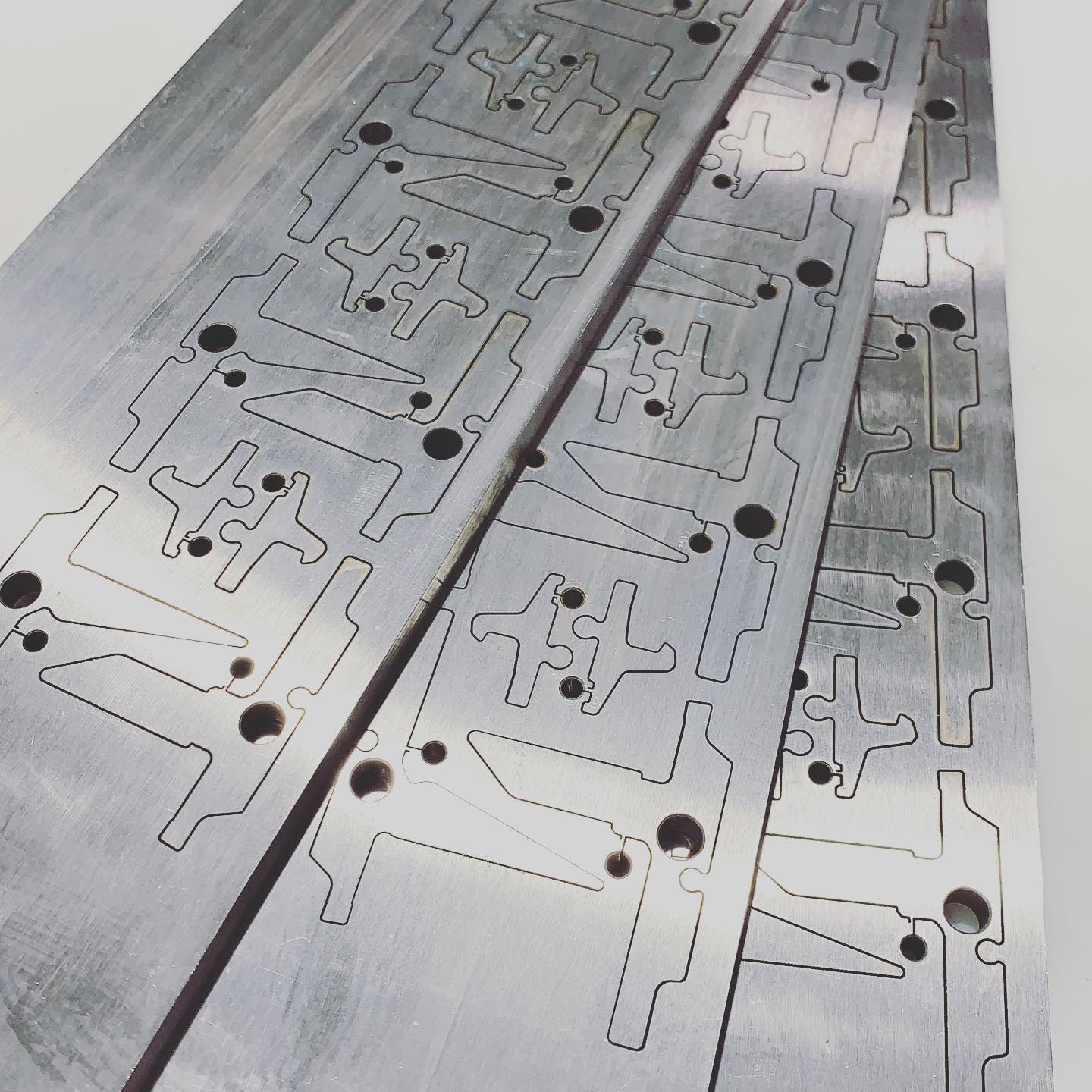
Zero Trigger components during the manufacturing process at the factory in Chandler, Arizona.
The point of the Zero’s travel distance elimination is that it’s meant to be “exceptionally smooth, crisp, and fast”. I found all three of these to be true. And while the smoothness and crispness were notable, what really struck me was the speed element. It was remarkable how fast I was able to run the trigger while still easily striking man-sized targets or ringing steel gongs. When I let the wheels fall off and simply let my trigger finger almost just twitch, the rate of fire strongly reminded me of running a binary trigger – taking out all the slack really means it’s that quick. It was stunning at first, particularly for the range buddy I had with me that day. He has vast experience with hunting rifles and shotguns, and not nearly as much with ARs of any flavor. Longer strings of rapid fire are not something he’s needed to practice or employ as much as I have, with my base more in areas like fighting rifles/carbines and defensive handguns. Especially when he switched back and forth between triple or quadruple+ taps with a mil-spec trigger and Blackout’s offering, he commented that the Zero was “shockingly fast”.

One of the demo Zero Triggers installed and ready to begin live-fire testing at the range.
What was great to find was that the Zero wasn’t simply quick for quickness’ sake. I and my friend both concluded that it was easy to see how taking out some of the movement of the trigger pull itself could help a shooter combat the ripple effect of such movement throughout the rest of the shooting process. And of course, less movement and variability with the gun itself, and with the mating of the gun to shooter’s hands/shoulder/etc., can help rein in your “wobble zone“. Add this to proper shooting mechanics and sling optimization, and there are definitely people and applications out there for which the Zero can shine. The key here will be shooter preference and adaptability. If you’re experienced with conventional AR triggers, the Zero will doubtlessly feel weird to you at first. Give it time and reps. As your muscle memory adjusts, you may discover that you like what you find more than you thought you would. I certainly did. The Zero’s $204.99-$254.99 MSRP range puts these in the same class as top established brands like Geissele, Triggertech, and Timney, but Blackout Defense is bringing something different to the table.
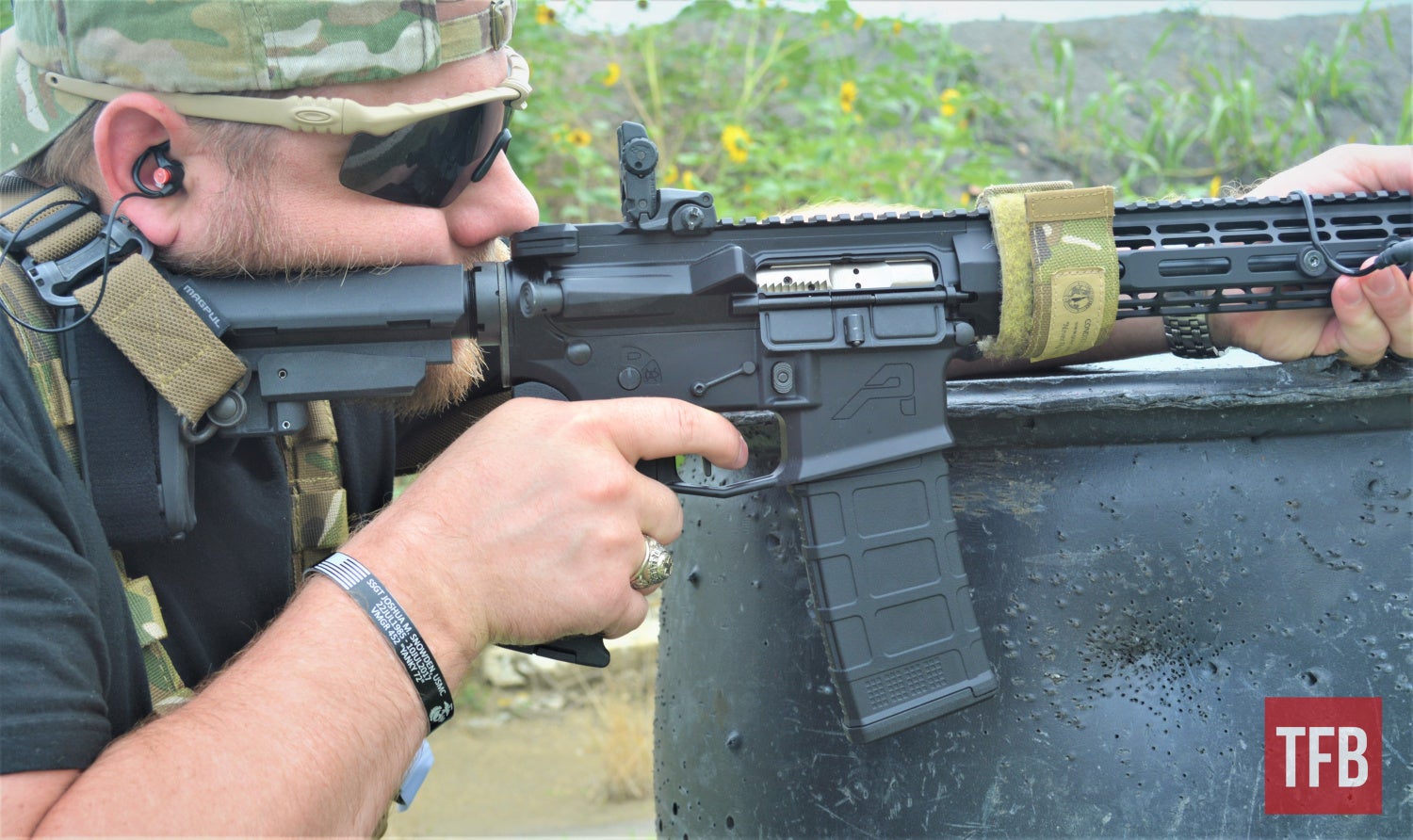
These triggers felt different from any other AR trigger I’d previously tested, with their almost entirely imperceptible movement.
Is the Zero for everyone? Of course not, nothing is. There are probably plenty of shooters out there who are simply too accustomed to take-up and reset travel to change, or who want to be open to change. There are also safety considerations – i.e. I would be cautious about putting a new shooter on one of these. Because it’s so incredibly short and light – even lighter feeling than the measurable poundage due to the low movement required for hammer release – I could see the potential for neophytes to be at increased risk of accidental/negligent discharge. You generally wouldn’t want to start a first-time pistol shooter on a twitchy race gun versus a much more deliberate double-action handgun. In that same vein, I would recommend ensuring less experienced rifle shooters get solid fundamentals down with a heavier, longer trigger first, before moving them to a Zero trigger that’s comparatively touchier. While this touchiness can certainly provide benefits in the right context, that doesn’t necessarily make it universal.
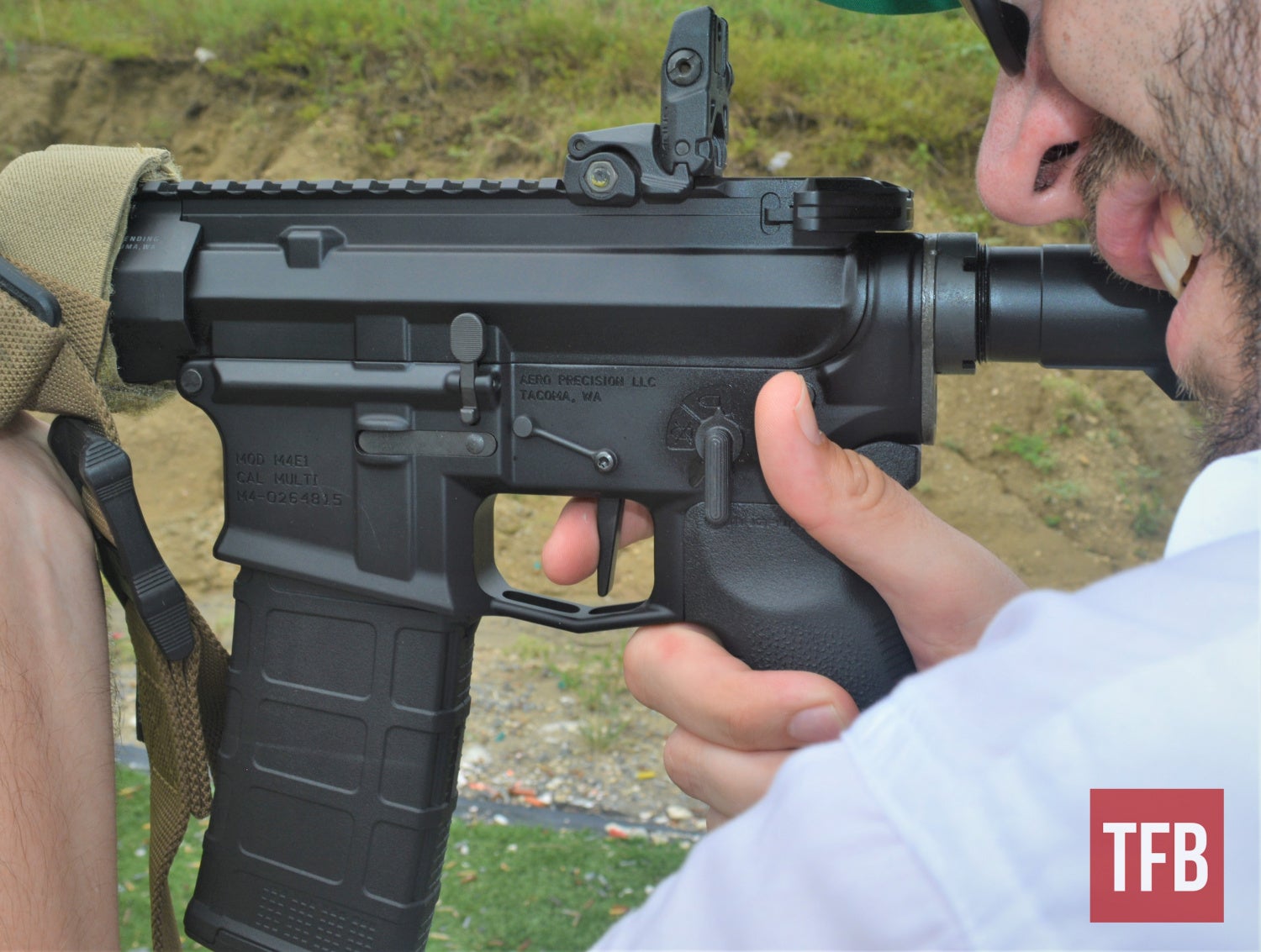
My friend and photographer getting in some reps with one of the loaner units.
In all, I thoroughly enjoyed my time with the Zero Triggers. I found them to work and feel great, and offer a pleasant shooting experience. I loved how quickly I could run these triggers while still maintaining good accuracy, and not feeling like I was fighting against mechanical movements that could increase wobble – because this design inherently takes a lot of those variables out of the equation. The next time I’m looking to put together a race gun, I’ll almost certainly look to buy a Zero trigger to put in it. What I appreciate most about these is the company’s pride in their offerings’ quality and innovation. With today’s black rifle market so saturated, with options of all quality levels selling like hotcakes, it can be easy for a manufacturer to move units despite stagnating. I very much like and respect the fact that Blackout is not satisfied with status quo, and works to strive forward.
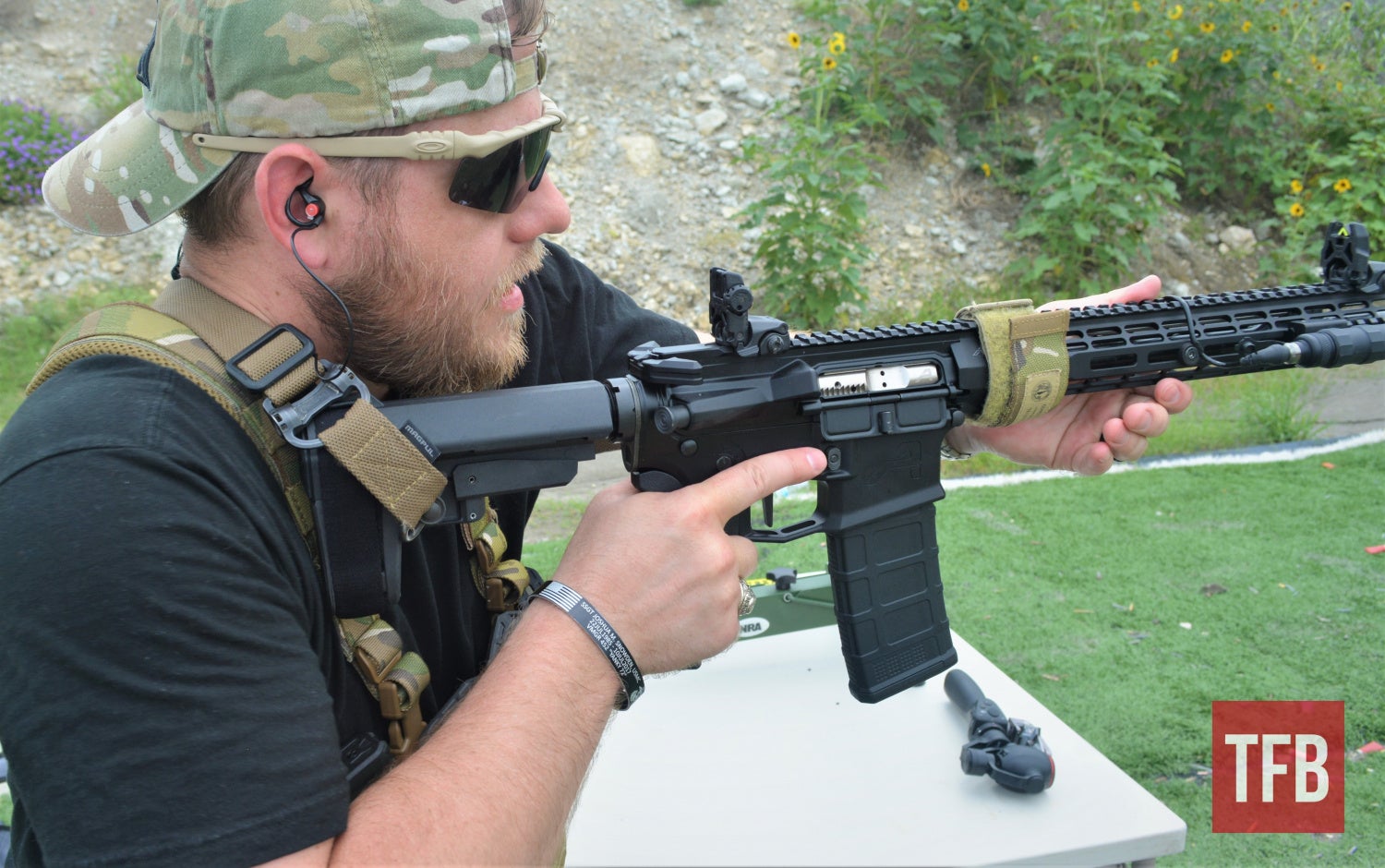
Blackout intends for the Zero to be “exceptionally smooth, crisp, and fast.” I assess that they’ve succeeded, and the speed, in particular, stood out to me.
Blackout Defense’s desire and ability to innovate, their commitment to quality, and their drive to bring premium products to the community for which they have a passion is readily apparent. In talking with Blackout’s leadership to facilitate this review, it was obvious that they’re invested in their firearms products beyond just business sense and profitability, but to the point of being personally invested as fellow shooting enthusiasts as well. To me, that passion also came across in the end result product. The Zero trigger excellently accomplishes what it sets out to, and if the no-travel concept is something that appeals to you, I didn’t experience anything in my testing that would make me hesitate to recommend these. They’re well-made, great pieces of kit. While there’s certainly still a place for traditional triggers, my experience with the Zero led me to believe that these nontraditional offerings also merit mention in the conversation, and in your consideration set. See you at the range!
 Your Privacy Choices
Your Privacy Choices
